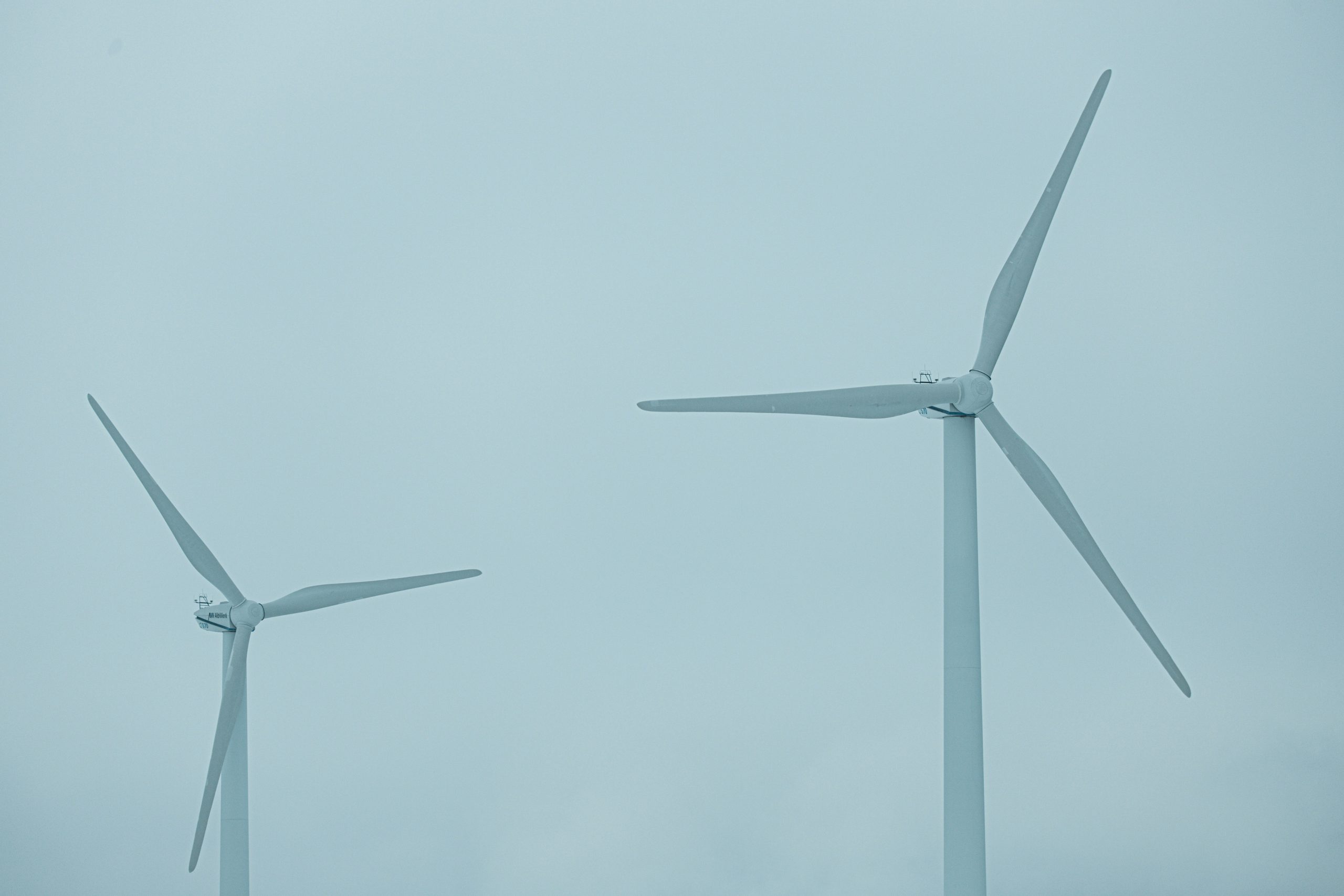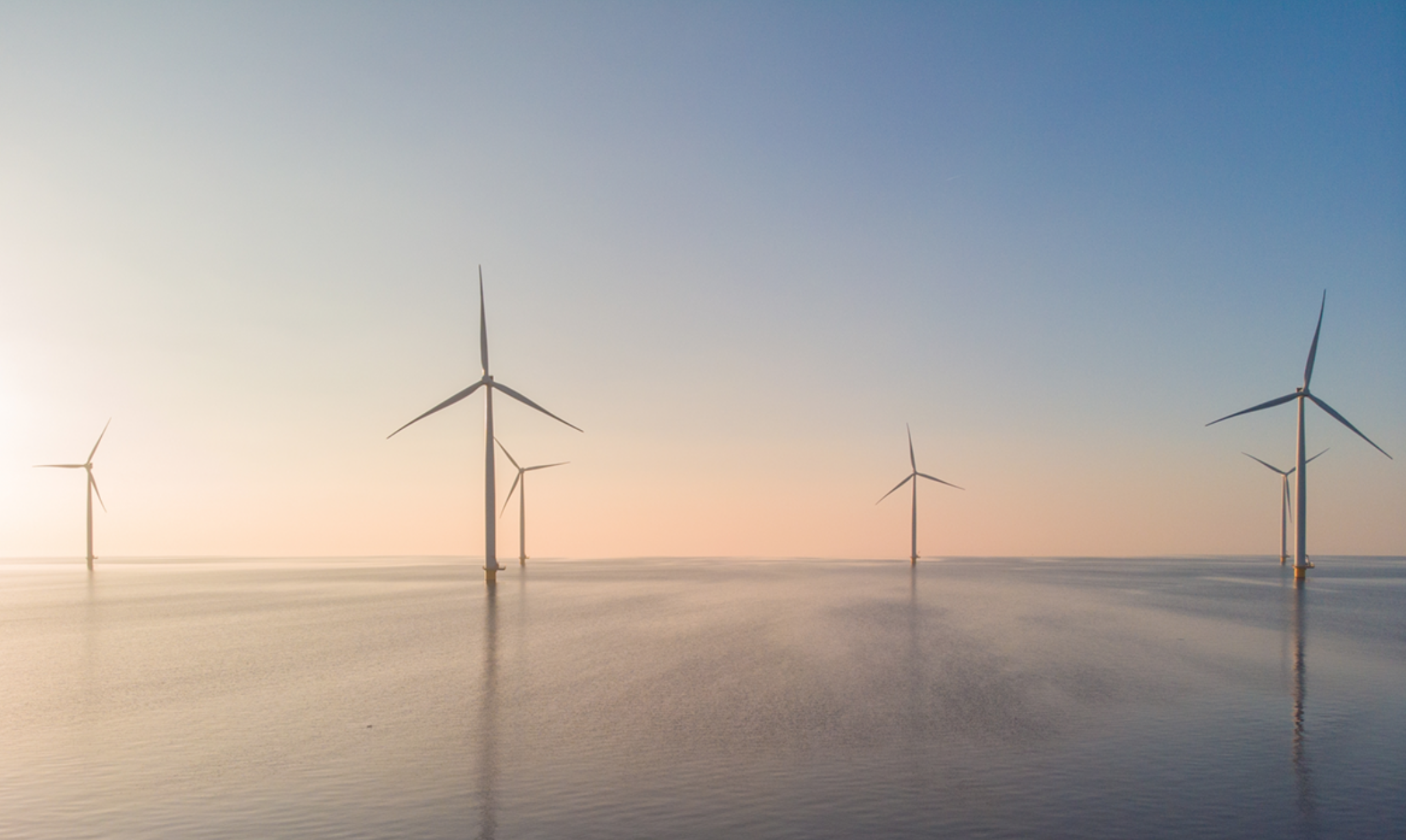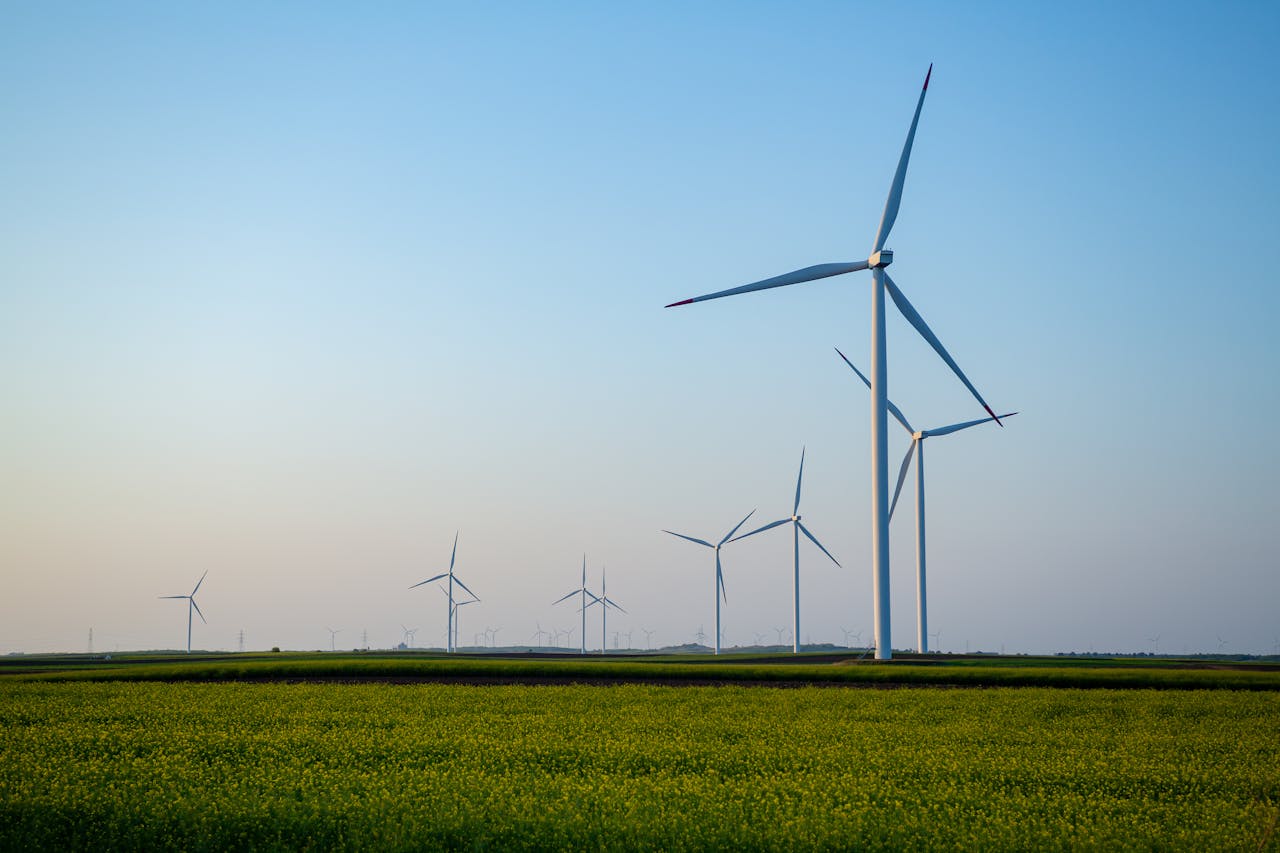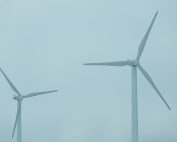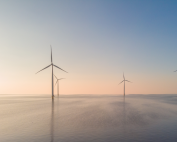In 2020, the Federal Maritime and Hydrographic Agency (BSH) recorded the lowest levels of underwater noise in the German part of the Baltic Sea since measurements began in 2013.
BSH conducts continuous measurements of underwater noise at two stations “Fehmarnbelt” and “Arkona” along important shipping routes in the Baltic Sea. The measuring devices are placed a few meters above the seabed on a measuring chain which is in turn anchored to the seabed by a sinker.
From March to July 2020, it was calmer underwater than in the years before the COVID-19 pandemic – underwater noise was on average about 1.2 dB lower than in previous years. In April and May 2020, the “Fehmarnbelt” station recorded up to 5 dB less underwater noise in the frequency range that can be attributed to shipping. The “Fehmarnbelt” station is located approximately 6 km north of the island of Fehmarn on a busy shipping route.
The study confirms that the decrease in underwater noise is due to a decrease in ship traffic. It found that the number of ships within a radius of about 50 km from both stations decreased by more than 20 percent, especially in the period from March to May 2020. While the number of commercial vessels slowly increased over the course of the year, more recreational vessels were on excursion in the summer of 2020 than ever before. To determine this, researchers used the number of MMSI (Mobile Marine Service Number) numbers used in both commercial and recreational shipping.
BSH monitors underwater noise in German marine waters under the European Marine Strategy Framework Directive. To this end, BSH has established suitable measuring stations in various projects and developed a concept for long-term monitoring. This will provide data that will contribute to the further development of the sustainable use of the seas as underwater noise is a major contributor to the health of the marine environment.
BSH is the central German maritime office. Its tasks include the promotion, safety and monitoring of shipping, the study and collection of long series of data in the field of oceanography and marine chemistry, a water level forecasting service, and marine hydrography, which produces official marine charts. One area that the office has been continuously expanding recently is responsibility as the licensing and monitoring authority for offshore wind farms.




